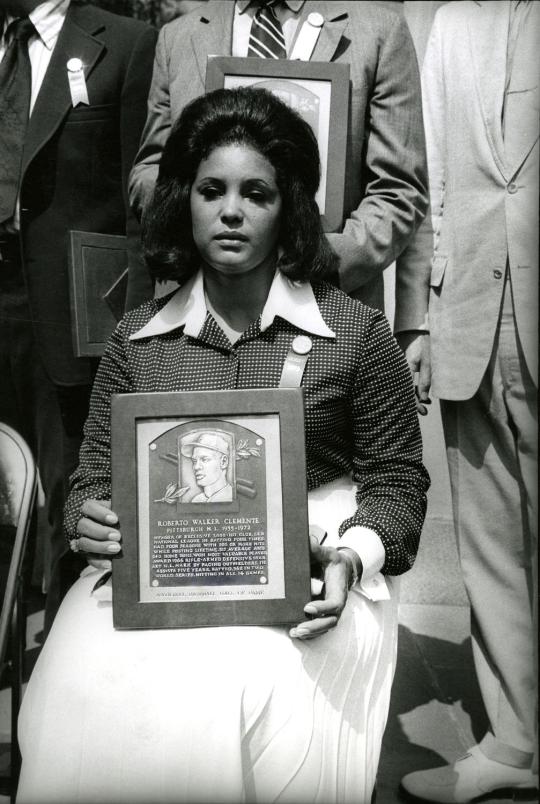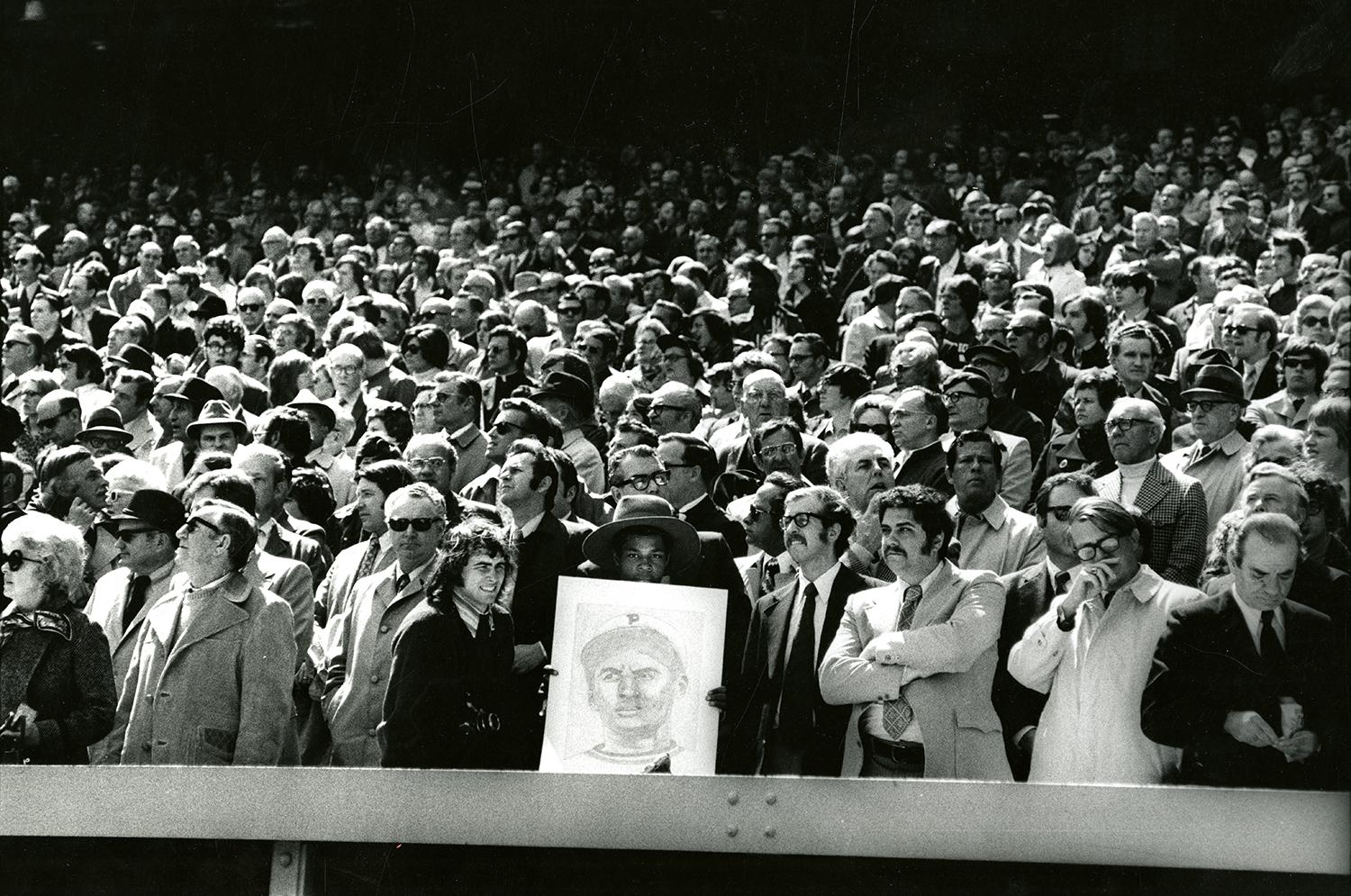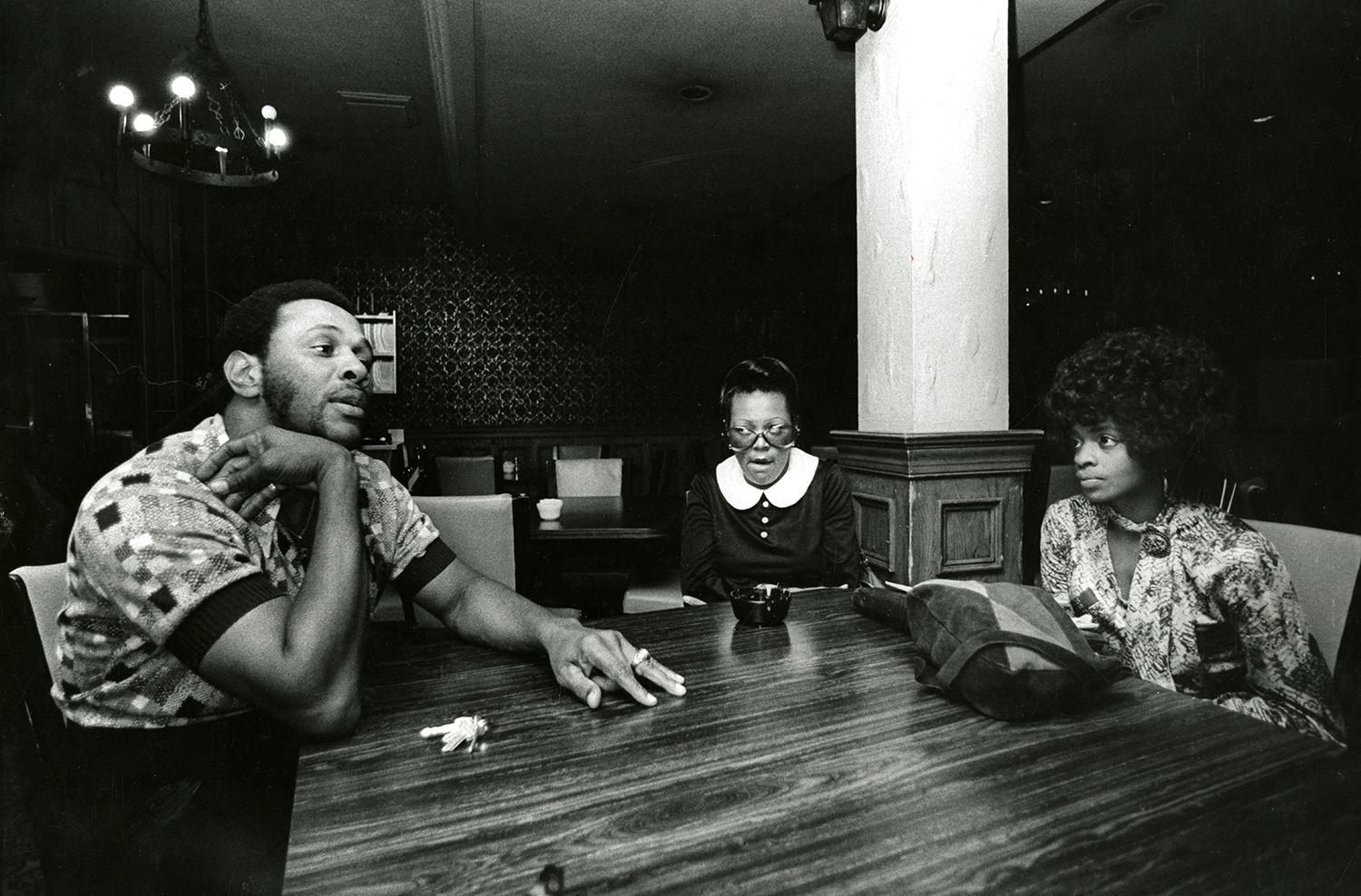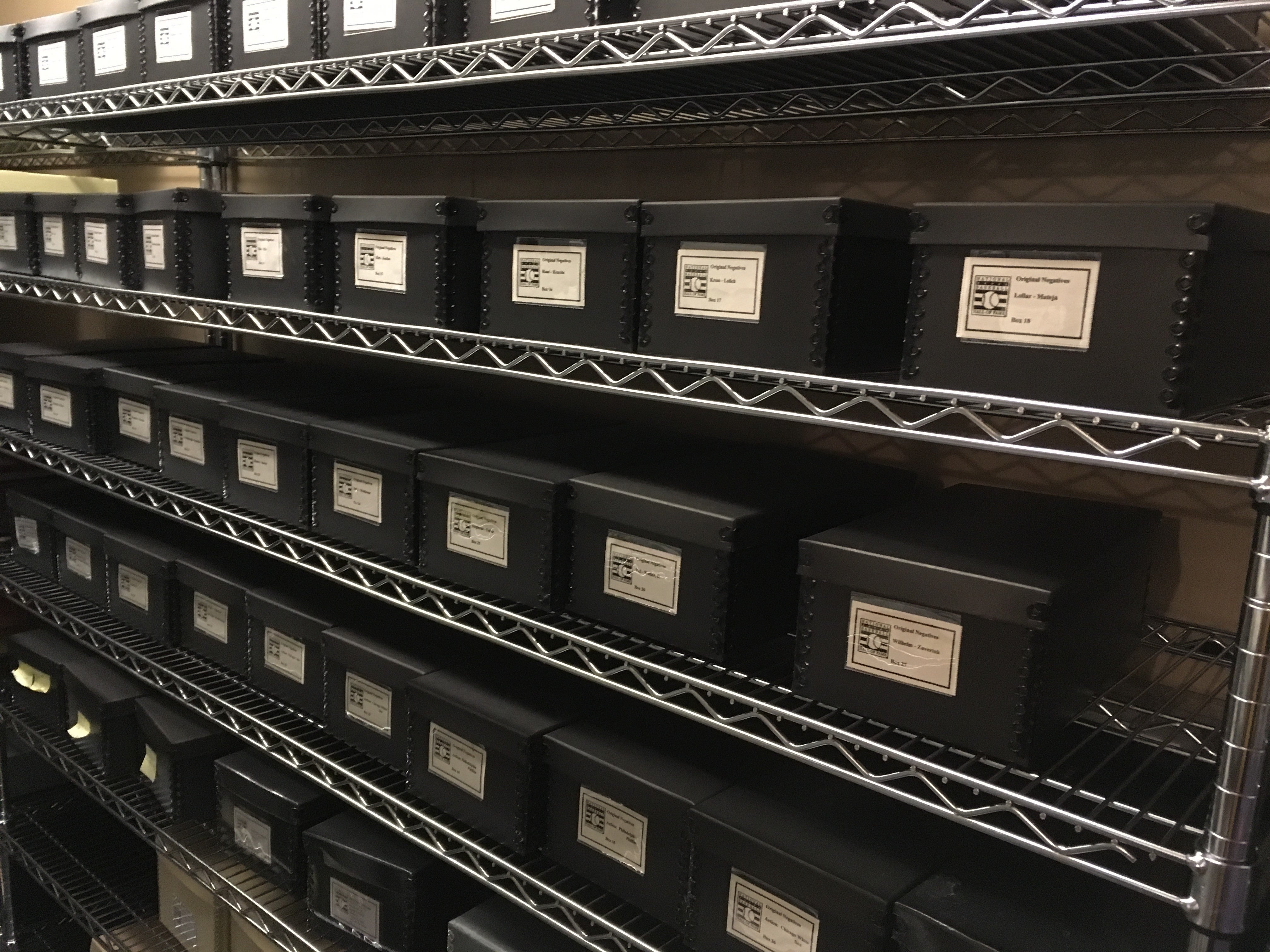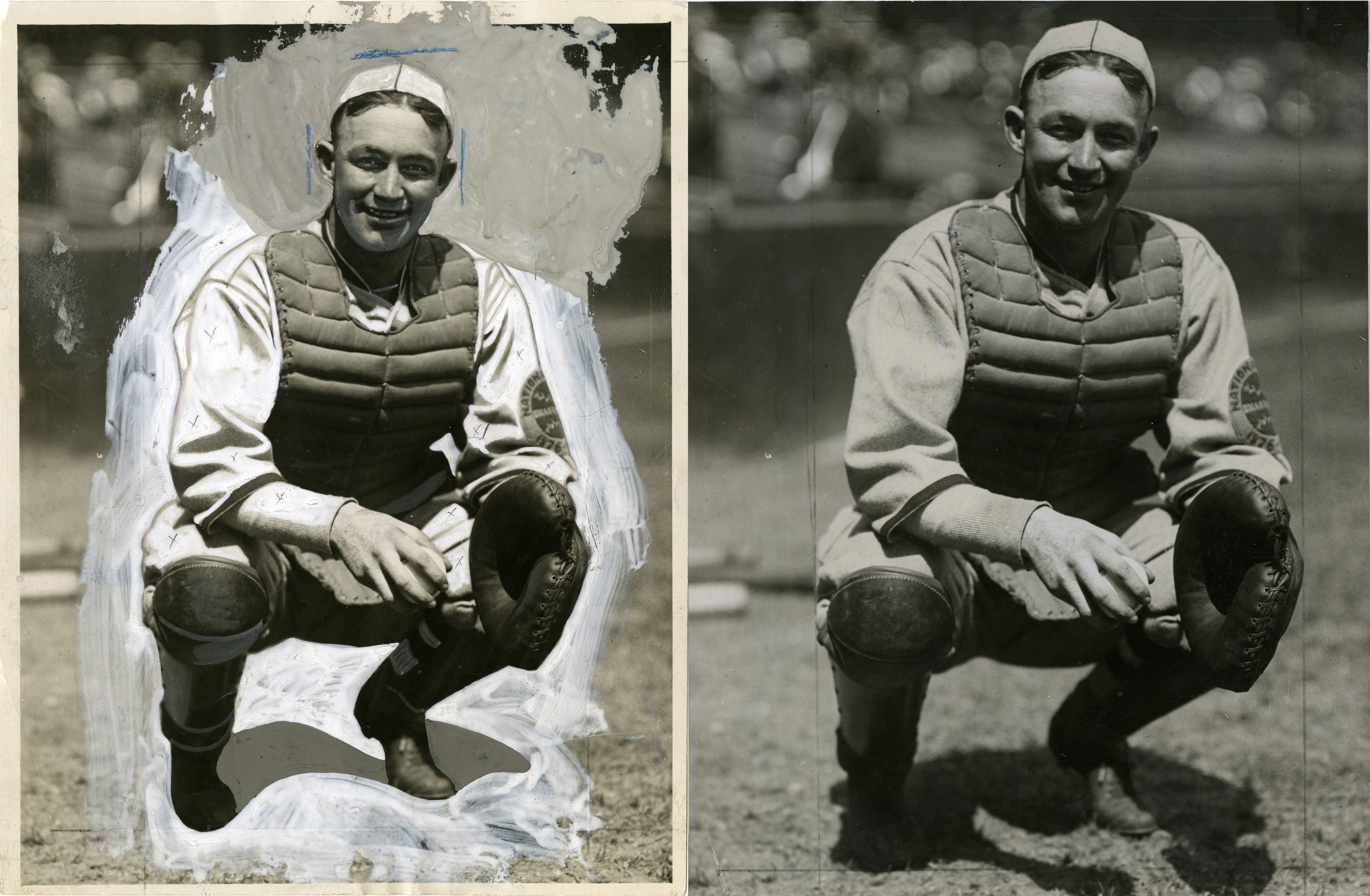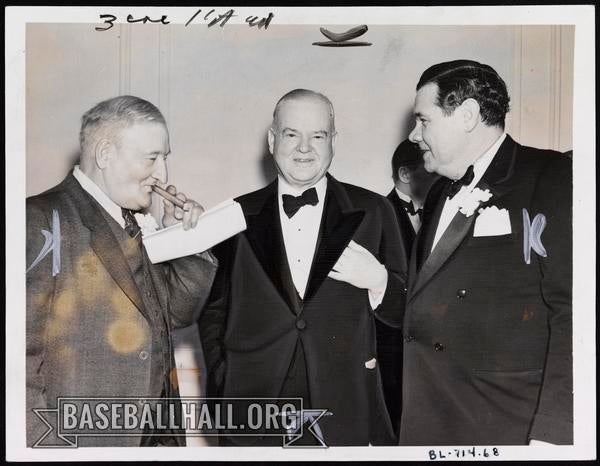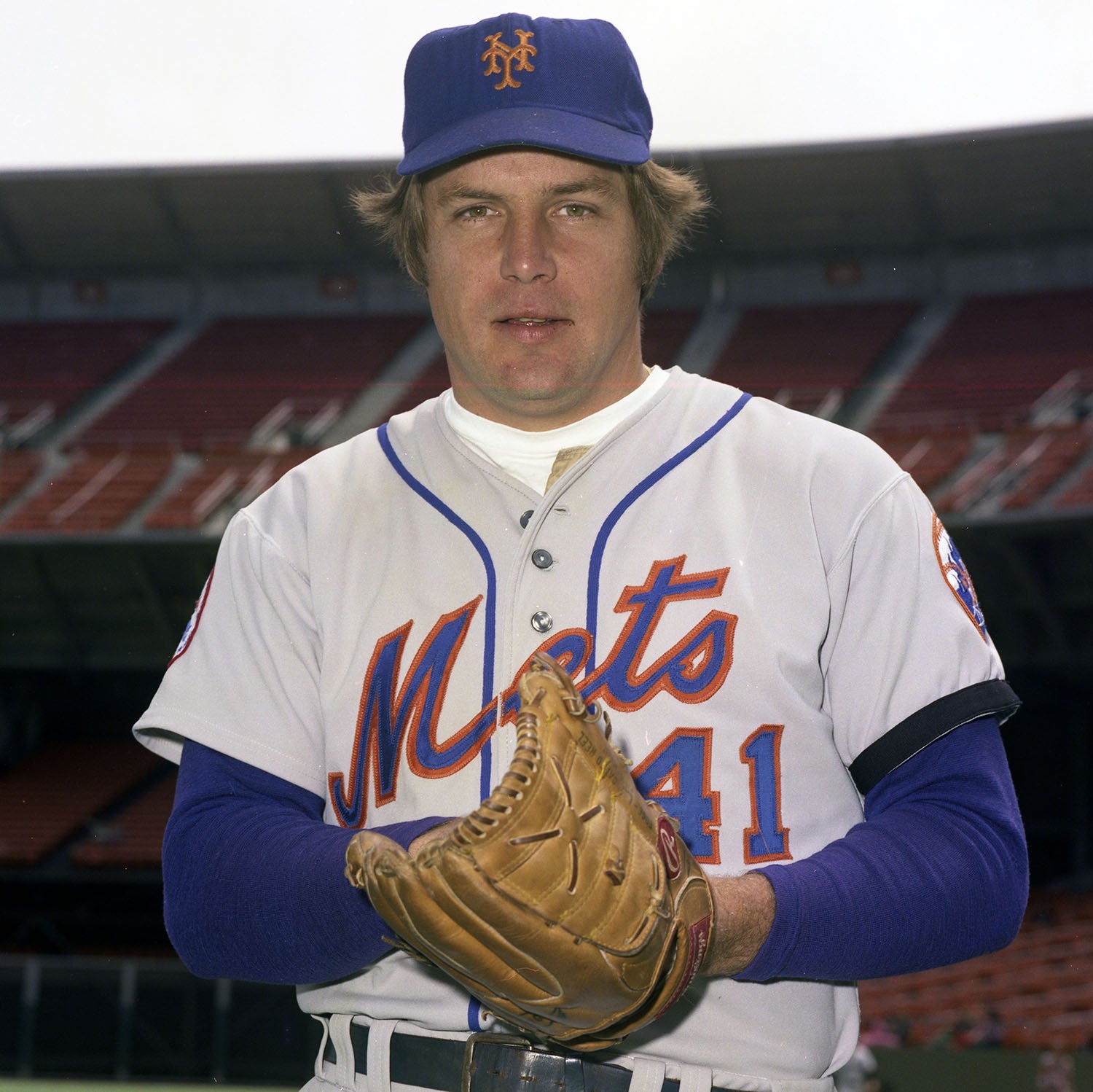- Home
- Our Stories
- #Shortstops: Bob Adelman’s Social Lens Lands on Baseball
#Shortstops: Bob Adelman’s Social Lens Lands on Baseball
Bob Adelman is remembered as one of the most notable photographers of the Civil Rights Movement; a freelance photographer who volunteered for both the Congress of Racial Equality (CORE) and the Student Nonviolent Committee. His iconic images from Martin Luther King Jr.’s “I Have a Dream” speech and from the protests in Birmingham and Montgomery, Ala., are etched in the minds of those who witnessed the events through the pages of magazines like Life and Time.
What most do not remember is that when his documentation of that movement ended, Adelman did not stop taking photographs from a sociopolitical angle – but also focused on taking photographs that told a story. In 1973, this perspective resulted in an intimate look at the Pittsburgh Pirates for the book Out of Left Field: Willie Stargell and the Pittsburgh Pirates.
Alongside frequent collaborator Susan Hall, Adelman – who passed away in 2016 – spent the 1973 season with the Pirates, from Spring Training to the final game of the season, capturing formal moments on the field and in public as well as more candid moments with families and in the locker room. The result was a combination of factual information on the season, Hall’s interviews with the players, administration, and spouses, and Adelman’s photographs that augment those interviews. These photographs, as well as many that did not appear in the book, were recently donated to the National Baseball Hall of Fame Photo Archives by an anonymous donor.
The 1973 seasons was a volatile one for the Pittsburgh Pirates. Roberto Clemente had died in a plane crash on Dec. 31, 1972 off the coast of San Juan, Puerto Rico, leaving the team without its leader and family, fans, and baseball in mourning. Stargell, who had been with the Pirates since 1962, was called on to lead and at first he struggled in that role. The team, coming off three straight National League East titles and the 1971 World Series championship, limped to the finish line with a disappointing record of 80-82.
Adelman and Hall’s focus on all aspects of the game revealed the realities of baseball life, both the highlights and the hardships. Locker room and team high jinx is counterbalanced with struggles on the field, racism, adultery, loneliness and drug use. Stargell speaks candidly about growing up in the projects and the reality of being a Black ballplayer.
Stargell told Hall: “I had never run into discrimination until I started playing ball, so at first I thought it was something just directed at ballplayers…I don’t know how Jackie Robinson survived. I got it before and after the ballgame, but not from the players like he did. Some white players didn’t give a damn and some were sympathetic. A few guys just couldn’t come out and accept me as another ballplayer.” (Adelman & Hall, 1976, p. 22)
A large part of the book focuses on economic inequality as Stargell struggles to get pay raises each year comparing his salary and output to those of players on other teams like Willie Mays and Tom Seaver and even those on his own team. Adelman captures Dee Stargell and Donna Oliver (Al Oliver’s wife) deep in conversation at the last game of the season discussing (as revealed from Hall’s transcript) the payout for division standing and the work ethics of white, Black, and Latin players.
Future Hall of Famer Willie Stargell (behind) and San Diego Padres first baseman Nate Colbert share a laugh at Three Rivers Stadium in Pittsburgh during the 1973 season. This photo and others were taken by award-winning photographer Bob Adelman and recently donated to the Hall of Fame. (Bob Adelman and Susan Hall/ National Baseball Hall of Fame)
Kelli Bogan was the photo archivist and director of digital assets at the National Baseball Hall of Fame and Museum

